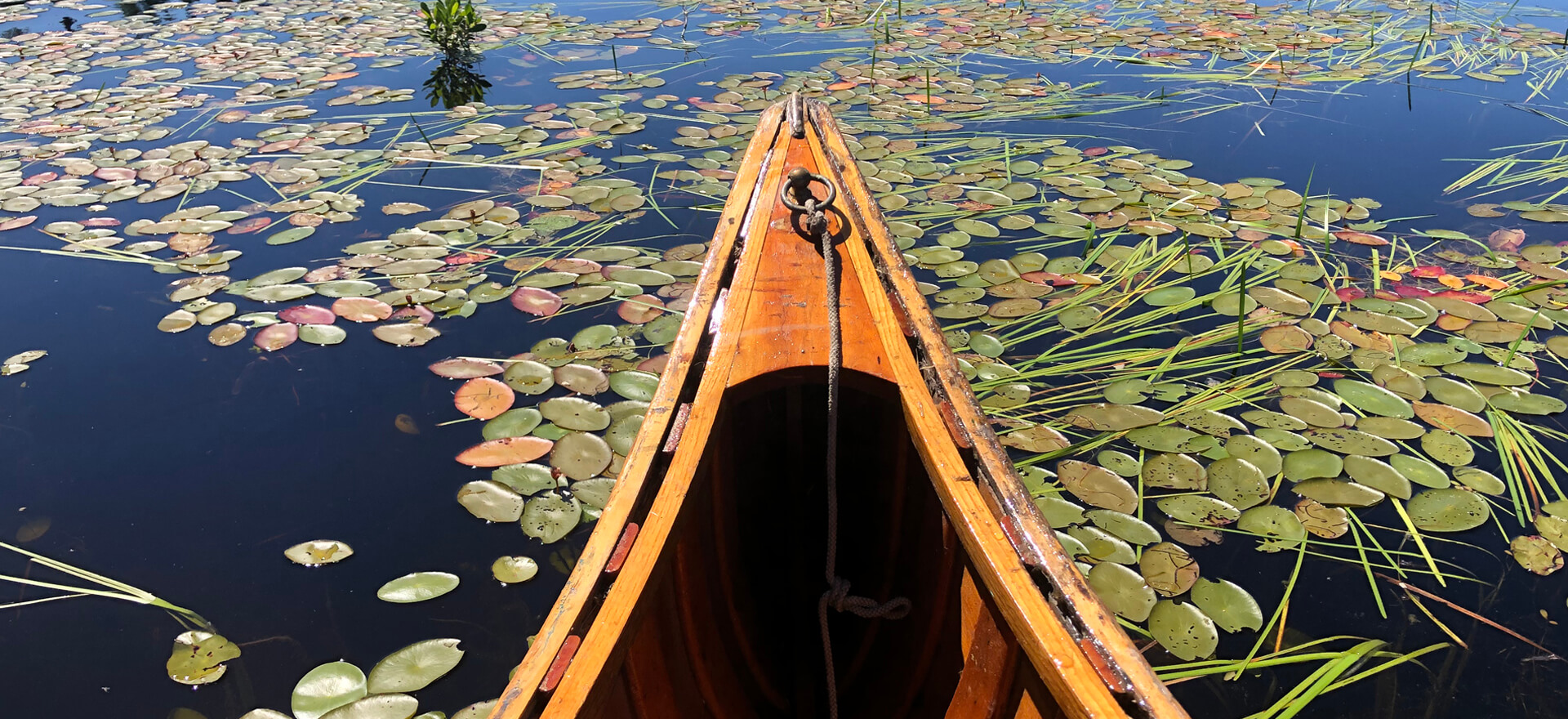Spirit is in everything that surrounds us. Honour Nibi who guided our ancestors through riverways steady and strong. Honour y(our) relationships to land, to spirit, a relationship passed down through generations.
I care for you.
Honour the sky, the warmth of light, the feel of sun, Honour life, honour sacrifice. One does not exist without the other. The will to survive. Energies flowing through time.
Mino Bimaadiziwin (translated to mean, the good life).
Bert Whitecrow is a 2 Spirited, Anishinaabe multidisciplinary artist from Seine River First Nation, whose work explores themes of healing, preserving and practicing ancestral knowledge. As a conceptual artist, Bert works with a variety of media, often combining traditional and unconventional materials. They are a founding member of the Weave and Mend collective, a mixed Indigenous collective that focuses on building relationships through art making, facilitated conversation and permaculture. The collective co-created The Weave and Mend Garden with SKETCH Working Arts at Artscape Youngplace in Toronto’s downtown west end. Bert is currently attending OCAD University in the Indigenous Visual Cultures program.
Bert’s film, Acknowledge Place Honour Spirit, installed at the Bentway urban park under the Gardiner expressway, explores “spirit in everything around us.” The piece evokes the Anishinaabemowin teaching, Mino Bimaadiziwin (translated to mean “the good life”), a philosophy of living with respect and humility, honouring people, land and more-than-human relations. The installation suggests a (re)mapping of place, a term introduced by Mishuana Goeman. Juxtaposing the industrial infrastructure of the expressway, of fast moving transportation, with reminders of life-supporting and healing waters. Open skies and tall trees, Treaty 3 Territory, set against concrete bents and steel beamed ceilings.
Listen to the artist’s words
The space under the Gardiner Expressway, a main highway across the north shore of Lake Ontario in the city of Toronto, has been mapped many times: by the fish and eels that used to swim there before the waters receded; by Indigenous peoples creating first footpaths; by city infrastructure built to move people in cars; by people making temporary shelter and community in tent cities; by Fort York to memorialize settlement conflict; and most recently by The Bentway, re-appropriating this space for arts and culture. Goeman refers to (re)mapping as related to personal being and belonging, acknowledging that all space is political and suffused with power struggles, historic and ongoing. Bert’s (re)mapping animates how geographies can be placed in contrast to each other, and be reworked to visually break internalized confinements created by industrial architecture and city infrastructure. Resisting limiting definitions of self and community.
Bert’s projection briefly altered the space with a storyscape of land and waters, creatures and trees, to speak, create, and lead us into a different/simultaneous reality than our present surrounding. Projected onto a comparatively small-scale space in contrast to the overhead highway, the images alone were enough to enliven a quiet yearning for intimacy with the natural world. This was expressed as a consistent desire throughout the MWP project – that of mutual call to relationship: us with land, elements, plants and creatures, and land, elements, plants and creatures, with us.
The piece offers teaching, a sense of grounding and journeying, evolutions of time and place, gratitude for relationships with creatures, plants, sun, water and sustenance. The large-scale images of moving waters and skies were backgrounded with recorded sounds of water rocking a boat while words in poetry moved across the screen. Adding playful animation to the installation in real-time were short bushes waving in front of the projections as if in front row seats, coming alive with the light of each frame, illuminating their excited dance. The work invited an embodied visceral awareness emanating a power to move and teach us about the tensions between the natural world and industrialization, as well as the strident power of nature within, surrounding and throughout globalization.
Keep up with Bert’s work here



